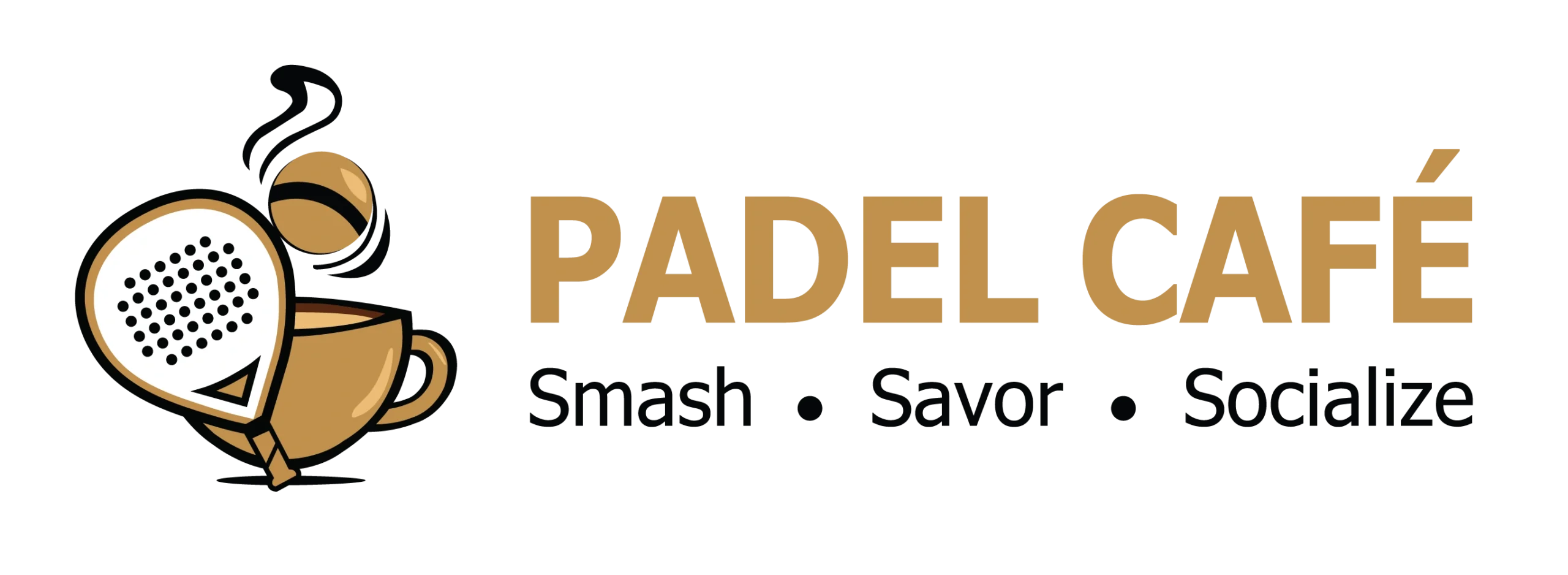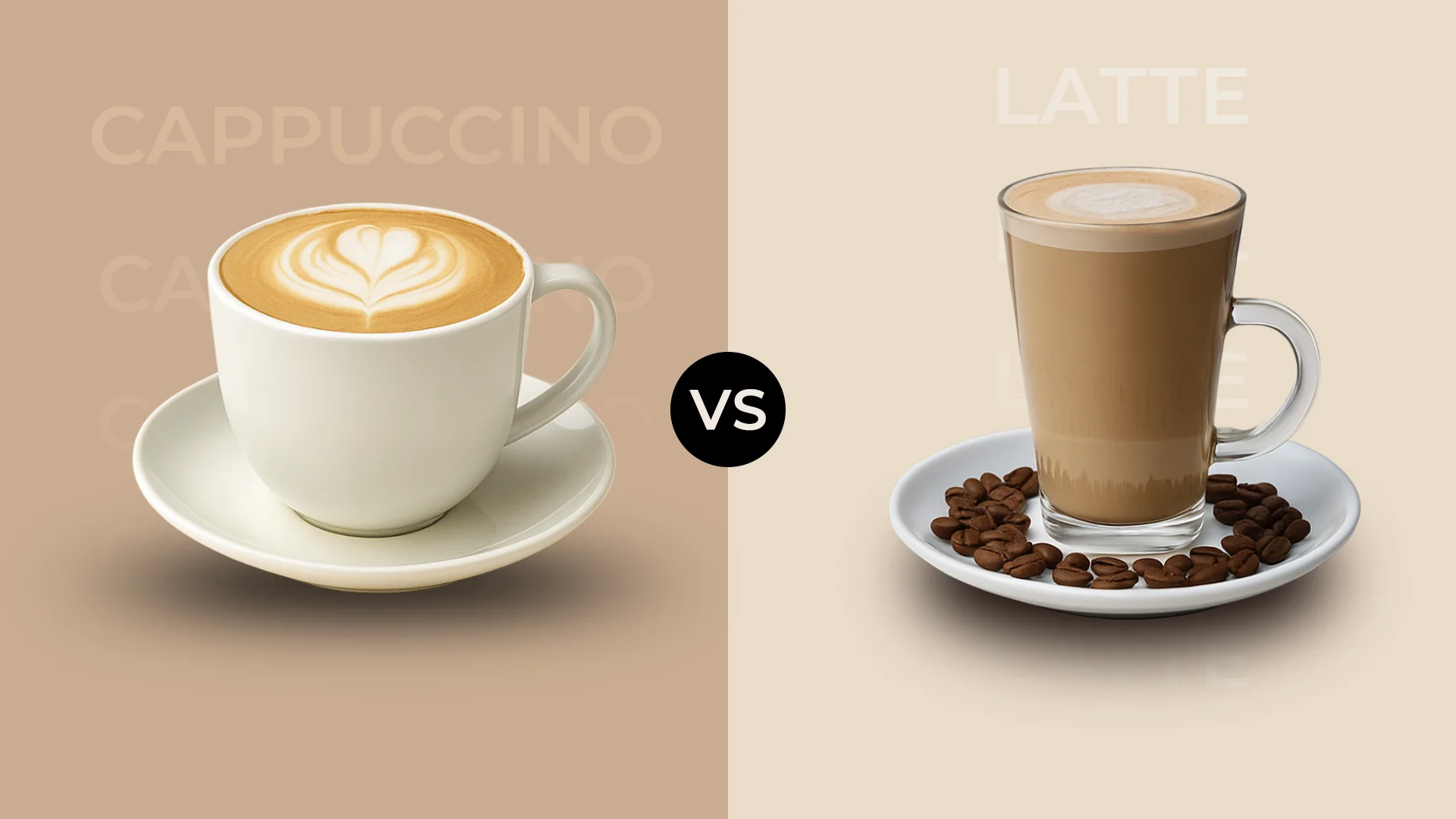Every morning, coffee enthusiasts are ready to start their day with a perfectly brewed cup of coffee. And often, they come across a delightful dilemma from which they must choose: cappuccino or a latte? For many, the answer’s a cappuccino coffee, while for others, it’s a latte.
Likewise, those visiting a cafe are also baffled by the coffee menu that features both cappuccino and latte. Both are built on a foundation of espresso and milk. But if you ask a barista, they’ll tell you that the two offer very different experiences.
So, how do you make your choice? Choosing between them is less about rules and more about what you want your morning to feel like. And this guide will help you make your decision.
The Shared Foundation: Cappuccino and Latte
An interesting thing to begin with: both cappuccino and latte share a common base — a shot of espresso. In both drinks, this simple espresso shot provides the caffeine strength that coffee lovers seek. To this, hot milk and milk foam are introduced in measured proportions, which brings the difference.
So, here’s a basic elemental breakdown of a latte and a cappuccino:
- The espresso backbone: strong, intense, and full of flavor.
- The milk layer: adds sweetness and creaminess.
- Foam, the third element, gives the texture to the drink and lets you distinguish between taste and heart.
Understanding a Latte
A latte is a coffee beverage that is all about comfort and creaminess. A latte is an ideal drink for anyone who prefers to have a mild taste of espresso in a coffee cup. Espresso shot, creamy milk, and foam are added one after the other and in the same order as mentioned above.
The espresso is poured into a larger cup, followed by a generous amount of steamed milk. In a latte, milk makes up the major portion of the drink, with a very thin layer of foam on top.
The major elements of a latte:
- Base: Starts with espresso (usually one or two shots).
- Milk: Much more steamed milk than foam. Latte is creamier and softer.
- Top: Thin layer of foam (sometimes used for latte art).
- Size: Often served in larger cups (e.g., ~250ml or more), so it lasts longer.
One interesting thing about a latte is the foam serving as the canvas for the coffee art – the beautiful heart and leaf shapes you often see in several coffee places in Lahore.
How it’s made:
| Ingredient | Standard Quantity (per serving) |
| Espresso | 1 shot (about 30 ml) |
| Steamed Milk | 200–250 ml |
| Milk Foam | Thin layer (about 1 cm) |
Recipe:
- Brew a single shot of espresso in a large cup (about 8–12 oz).
- Steam milk until it becomes smooth, creamy, and slightly glossy.
- Pour the steamed milk over the espresso slowly, holding back foam with a spoon.
- Add just a thin layer of foam on top to finish the drink.
- Optional: create simple latte art for a café-style finish.
Breaking Down a Cappuccino
Compared to the former, cappuccino takes a different approach. The base is still espresso, but instead of being milk-forward, it balances espresso, steamed milk, and foam in equal parts. So, when you drink this beverage, you taste three layers:
- The bold espresso
- The warm and creamy milk in the middle
- The frothy foam on top
The foam is what really defines a cappuccino. It’s thick and airy and sits like a cushion over the coffee, giving you the signature foamy and flavorful sip.
The major elements of a cappuccino:
- Base: Espresso + steamed milk + foam in roughly equal parts.
- Milk & Foam: Thick, airy foam on top. Less milk than latte.
- Flavour: Stronger coffee taste because milk does less “softening”.
- Size: Typically smaller; often ~150-180ml.
How it’s made:
| Ingredient | Quantity (Standard Serving) |
| Espresso | 1 shot (about 30 ml) |
| Steamed Milk | 60 ml |
| Milk Foam | 60 ml (thick, airy foam) |
Recipe:
- Brew a single shot of espresso in a smaller cup (about 5–6 oz).
- Steam a small amount of milk until it separates into liquid milk and airy foam.
- First, pour the steamed milk over the espresso until the cup is half full.
- Spoon thick milk foam on top until the cup is filled.
- Aim for equal balance: one part espresso, one part milk, one part foam.
Latte and a Cappuccino: Key Differences
When it comes to morning coffee choices, latte and cappuccino are two of the most loved brews worldwide. They may look similar, but once you sip them, the differences are clear. Let’s begin to understand these small and subtle differences between the two to decide which brew best matches your taste and mood in the morning.
1. Milk to Coffee Ratio
The balance in espresso shots and milk is the first and biggest difference between the two coffee beverages.
- A latte is made with one shot of espresso and a generous amount of steamed milk, usually around 200–250 ml. This makes it smooth and mellow, with a milky creaminess.
- In contrast, a cappuccino is crafted with much less milk and topped with a thick foam layer. That’s why cappuccinos taste stronger and more intense.
2. Foam and Texture
Following the ratio difference is the drink’s foam and texture.
- In a latte, there is a thin layer of foam on the top, which the baristas use for creating coffee art. This coffee drink has a silky and smooth milky texture due to the generous amount of milk in the recipe.
- A cappuccino is famous for its thick, airy foam topping that makes up about one-third of the drink. This foam gives cappuccinos their signature layered experience. This foam also traps the aroma of the espresso, so when you raise the cup, you get the rich scent of coffee.
3. Cup Size and Presentation
Size also plays a role in how each drink feels.
- A latte is served in a larger cup or glass, typically 8–12 oz, to hold all the steamed milk.
- A cappuccino is traditionally served in a smaller 5–6 oz cup, keeping the flavors more concentrated.
4. Flavor Experience
Based on the above differences, the experience you get when having a latte or drinking a cappuccino is worlds apart.
- A latte is smooth, creamy, and gentle, perfect if you prefer a light coffee flavor or enjoy pairing it with syrups.
- A cappuccino offers a bolder taste, where the strength of espresso cuts through the milk and foam for a balanced, robust sip.
5. Health and Nutritional Differences
Even though both drinks have the same espresso base, the difference in milk volume leads to nutritional differences as well.
- Lattes, with their larger milk content, carry more calories, protein, and natural sugars from the milk. They’re a bit heavier but also more fulfilling.
- Cappuccinos, with less milk, are naturally lighter. They provide the same caffeine punch as a latte but with fewer added calories. For those who are watching dairy intake or prefer lighter drinks, cappuccinos are a better option.
Here, milk choice also brings a difference.
- Using skim, oat, soy, or almond milk changes the texture and nutrition.
- Some alternatives foam more easily than others, which affects the feel of both latte and cappuccino.
The Final Sip
Both cappuccino and latte offer a comforting start to the day, each with its own character and charm. Your choice depends on how you like your coffee and the mood you wake up in.
A cappuccino can feel lively and bold, while a latte brings a smooth and gentle touch. There is no wrong option, only what suits your taste and morning routine. Pick the cup that feels right for you, take a moment to relax, and enjoy every warm sip.
Frequently Asked Questions
What is the main difference between a cappuccino and a latte?
The main difference is in the milk ratio and foam. Cappuccino has equal parts espresso, steamed milk, and thick foam. Latte has more steamed milk and little foam.
Which drink has more caffeine: latte or cappuccino?
They usually have similar caffeine since both use the same espresso base (single or double shots). The difference is the taste intensity, not caffeine.
Is a latte heavier in calories than a cappuccino?
Yes. Because latte uses more milk, it contain more calories, sugar, and protein. Cappuccino, with less milk, tends to be lighter.
Can I use non-dairy milk for a cappuccino or a latte?
Absolutely. Oats, soy, almond milk, etc., work well. Foam and flavor change slightly, but either drink is still possible with non-dairy.



0 Comments